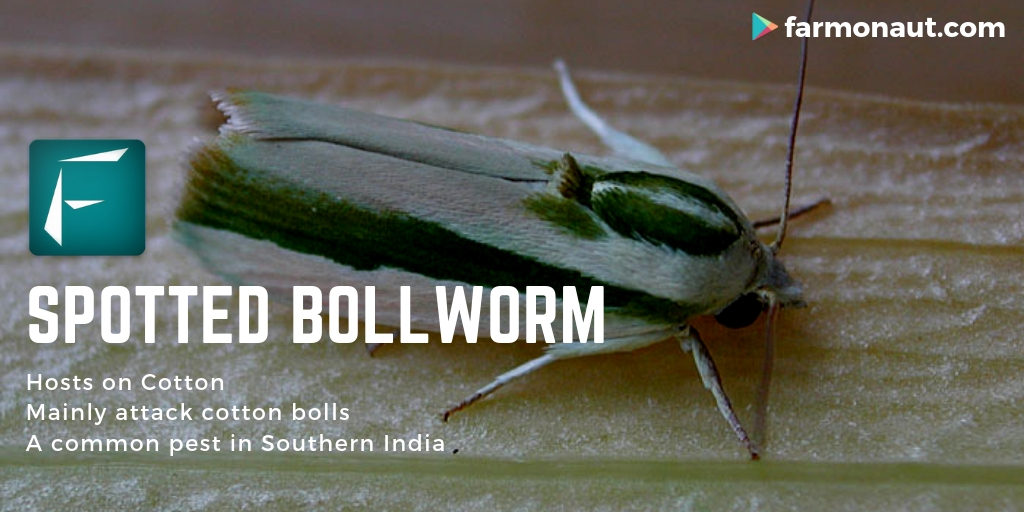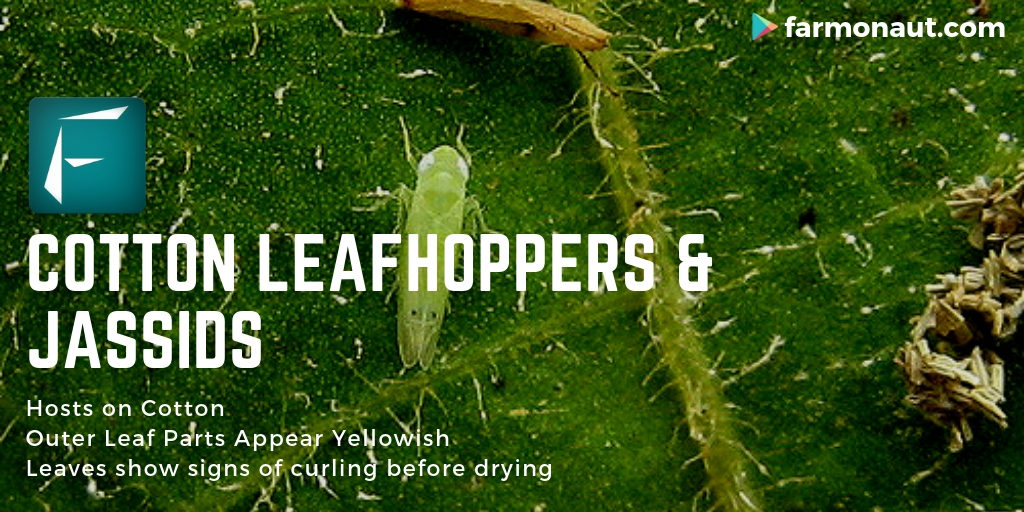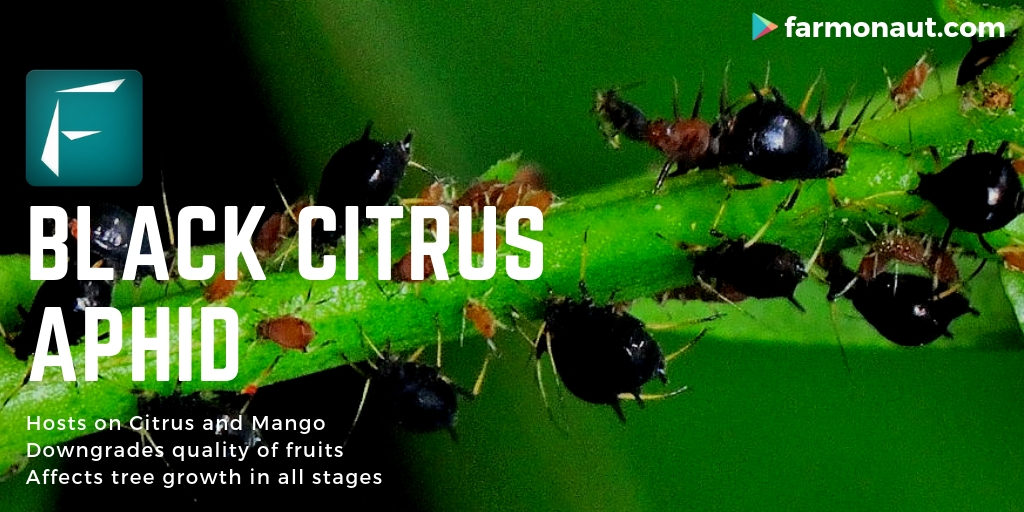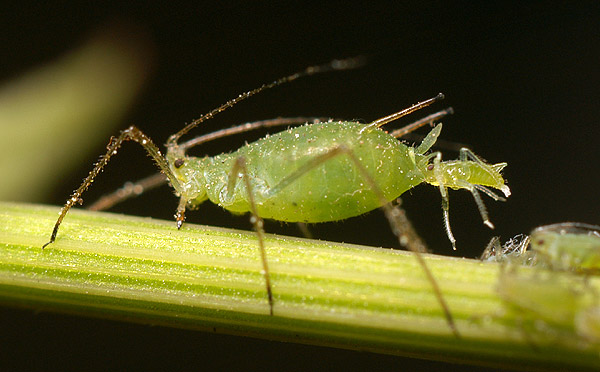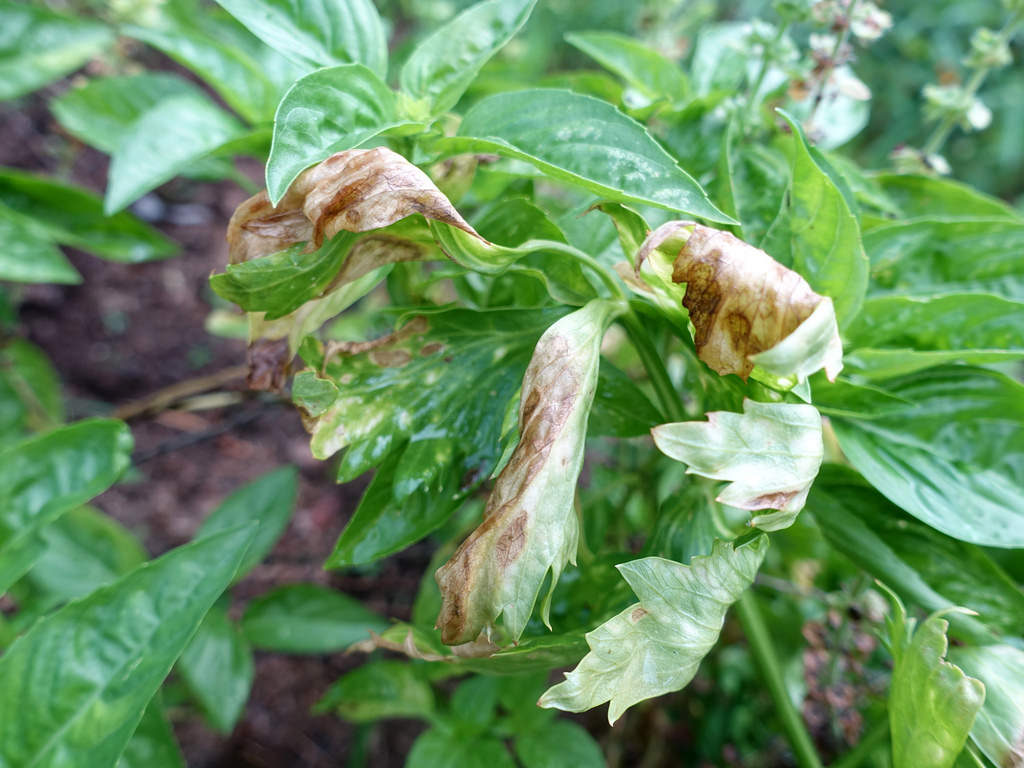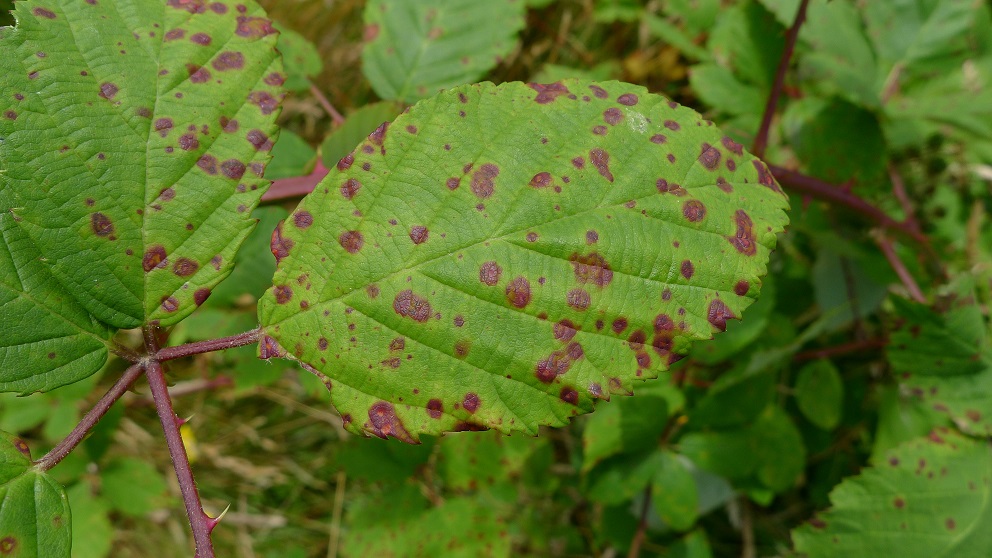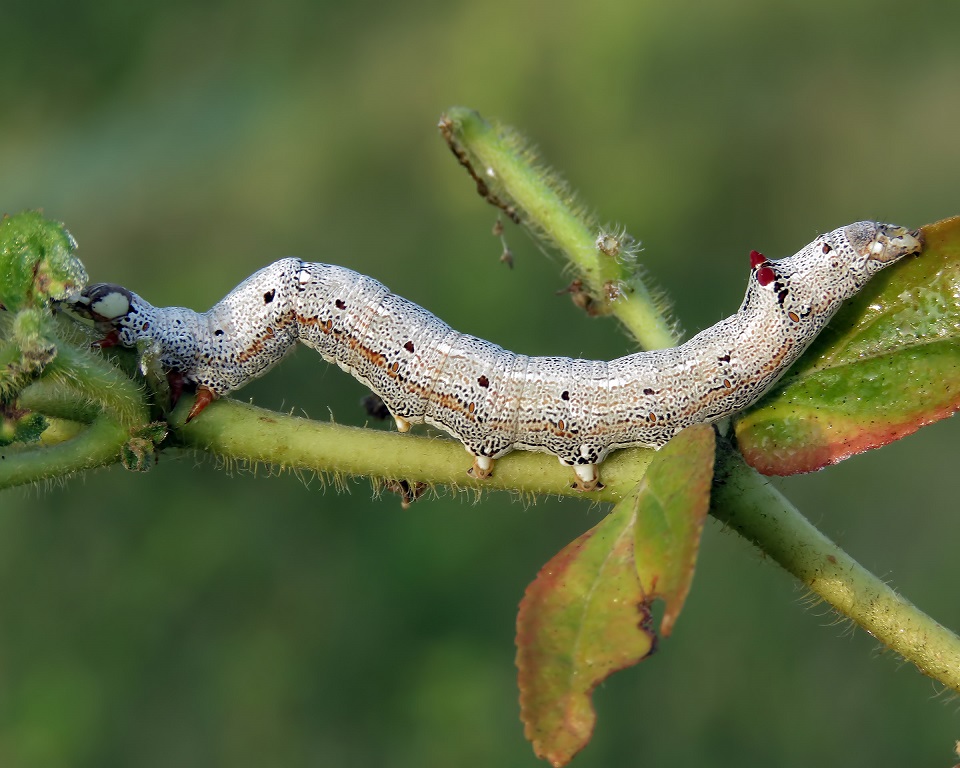American Bollworm
American Bollworm American bollworm has been identified to attack more than 180 host plants. These host plants include beans, maize, tomato, legumes etc. It has caused so much damage to the fields and has developed resistance to so many insectides that it has been popularly given the name of a global pest. In the moth phase they are brownish yellow in color with a black spot on the fore wings and a broad black patch on the margin of the hind wing. Larvae are green when they are young and their color varies when the larvae grows in size. The eggs are laid only singly on the leaves and are white in color. They hatch in a time span of 3 to 4 days. The new larvae feed on the leaves after hatching and attach the near by bolls by keeping half of the body inside the bolls and half of its body outside. The larval period is of around 25 days long whereas the pupal period is around 10 days long. Some of the damage symptoms are as follows: The squares which are affected by the American bollworm shows flaring up with its brackets spread out. Holes can be seen on the squares by the internal tissues which are being fed by the larval and hollowed by it. We will keep posting about any such informative information on to our blogs, to help as many people as possible. Farmonaut is built upon a vision to bridge the technological gap between farmers and strives to bring state-of-the-art technologies in the hands of each and every farmer. For any queries/suggestions, please contact us at [email protected]. We have some more interesting articles coming up soon. Stay tuned! Wait!!

